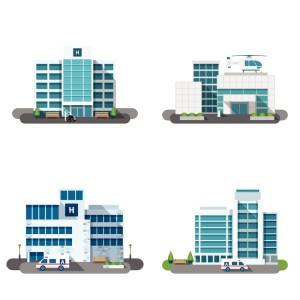Last week I had the opportunity to speak on two panels at a different kind of conference. HealthIMPACT East was held in Washington DC. The first day was solely focused on social determinants of health  (SDoH). The rest of the conference was on population health, interoperability, patient centered design, innovation, and blockchain.
(SDoH). The rest of the conference was on population health, interoperability, patient centered design, innovation, and blockchain.
The conference organizers and facilitators focus on what they call “purposeful events” with “no BS and no PowerPoints”. Instead of speakers talking “at people”, they facilitate lots of conversation in a room of full of smart people. The format was mostly panels with several excellent individual speakers who did use slides. The organizers want the conferences to be an idea exchange among a community of leaders and encourage dynamic debate.
The overall number of attendees was small. But it facilitated thought provoking discussion during each session and deeper networking connections at meals and breaks. I wasn’t tempted to pull out my iPhone to check my email as presenters talked through slide after slide. Instead, I was asking questions of the experts and engaged in the discussions. The track facilitators did an excellent job getting attendees engaged.
When I walked in, I only knew two people – Megan Antonelli, CEO HealthIMPACT and CEO/founder of Purpose Events Group, who had invited me to speak, and Nick Bonvino, CEO at Greater Houston Healthconnect and a frequent speaker on interoperability. Continue reading



 Creating sustainable Health Information Exchanges (HIE), not to be confused with a Health Insurance Exchange, is what we are all focused on now. The Office of the National Coordinator for Health IT (ONC) published “Connecting Health and Care for the Nation: A Shared Nationwide Interoperability Roadmap” for public comments earlier this year. There has been progress over the years but we still have a long ways to go.
Creating sustainable Health Information Exchanges (HIE), not to be confused with a Health Insurance Exchange, is what we are all focused on now. The Office of the National Coordinator for Health IT (ONC) published “Connecting Health and Care for the Nation: A Shared Nationwide Interoperability Roadmap” for public comments earlier this year. There has been progress over the years but we still have a long ways to go.